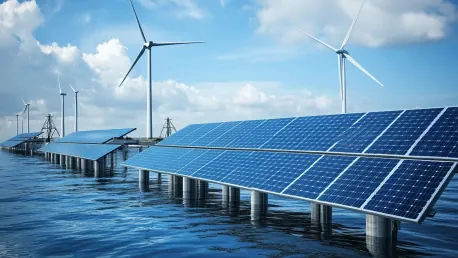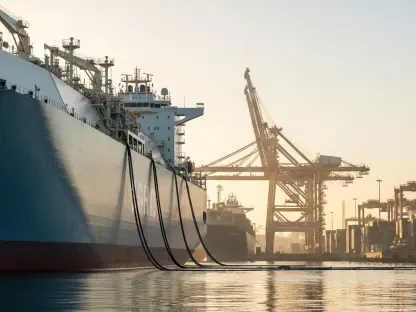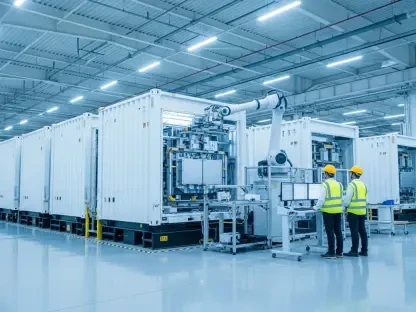The global renewable energy sector is experiencing a remarkable surge, with solar and wind power at the forefront of this transformative shift. Recent statistics underscore the substantial increase in installed capacity across various renewable sources, highlighting the critical role these energy types play in the global transition towards sustainable energy. Solar photovoltaic (PV) installations and wind energy projects are leading this expansion, driven by numerous factors that are reshaping the energy landscape.
Solar Photovoltaic Installations
Solar PV installations have seen an unprecedented rise, with solar energy emerging as the leading technology for new capacity additions. The surge in solar power can be attributed to several key drivers. Falling costs of solar panels and improvements in conversion efficiency have made solar energy an increasingly attractive option for both utility-scale and distributed generation projects. The appeal of solar energy is further bolstered by supportive policies and incentives adopted by various countries, which have fostered rapid adoption and contributed significantly to the overall rise in capacity.
Nations with robust solar incentive programs have witnessed particularly rapid growth in solar installations. By offering subsidies, tax incentives, and streamlined permitting processes, these governments have removed barriers to adoption, encouraging both individual and corporate investment in solar technology. The result is a burgeoning solar industry that is helping to meet energy demands sustainably while also creating job opportunities and stimulating economic growth. The progress in solar technology continues to accelerate, with advancements in energy storage and grid integration further enhancing the reliability and effectiveness of solar power systems.
Wind Energy Advancements
Wind energy has also seen considerable growth, particularly in offshore projects. Advances in turbine technology, including the development of larger and more efficient turbines, have been a major factor in this expansion. Favorable government policies supporting the development of wind energy have also played a pivotal role. These policies include financial incentives, research and development support, and streamlined regulatory frameworks that facilitate the planning and construction of wind farms.
Onshore wind energy continues its upward trajectory as well, benefiting from substantial cost reductions and increased investor confidence. The synergy between wind and solar power is becoming more evident, as these renewable sources complement each other, providing a more stable and diversified energy mix. The integration of wind power into existing energy grids is addressing intermittency challenges and enhancing overall grid stability. The continued growth of wind power, both onshore and offshore, underscores its critical importance in the renewable energy landscape.
Hydropower and Other Renewables
While solar and wind energy are at the forefront of renewable energy expansion, traditional hydropower remains a significant player in the energy mix. Although the rate of new hydropower capacity additions has slowed compared to solar and wind, hydropower continues to provide reliable baseload power and support grid stability. The modernization of aging hydropower plants has emerged as a significant trend, aimed at enhancing efficiency and extending their operational lifespan.
Other renewable energy sources, such as bioenergy and geothermal power, also contribute to the overall increase in renewable capacity. These technologies play essential roles in diversifying the energy mix and offering alternative solutions for specific applications. Bioenergy is gaining attention for its potential in sectors such as transportation and industrial heating, while geothermal energy offers a reliable and continuous source of power in suitable regions.
Key Drivers and Future Outlook
The global renewable energy sector is witnessing a significant upsurge, with solar and wind power spearheading this revolutionary shift. Recent data emphasizes the remarkable rise in installed capacities across various renewable energy sources, underlining their pivotal role in the worldwide shift towards sustainable energy. Solar photovoltaic (PV) installations and wind energy projects are at the forefront of this growth. This expansion is fueled by multiple factors that are transforming the energy landscape. Advances in technology, decreasing costs, and supportive governmental policies are major drivers propelling this growth. Furthermore, growing awareness of climate change and the need for a sustainable future are compelling nations to invest heavily in renewable energy. As the sector evolves, it plays an increasingly crucial role in environmental conservation and energy security, positioning itself as a cornerstone of the future energy infrastructure.









